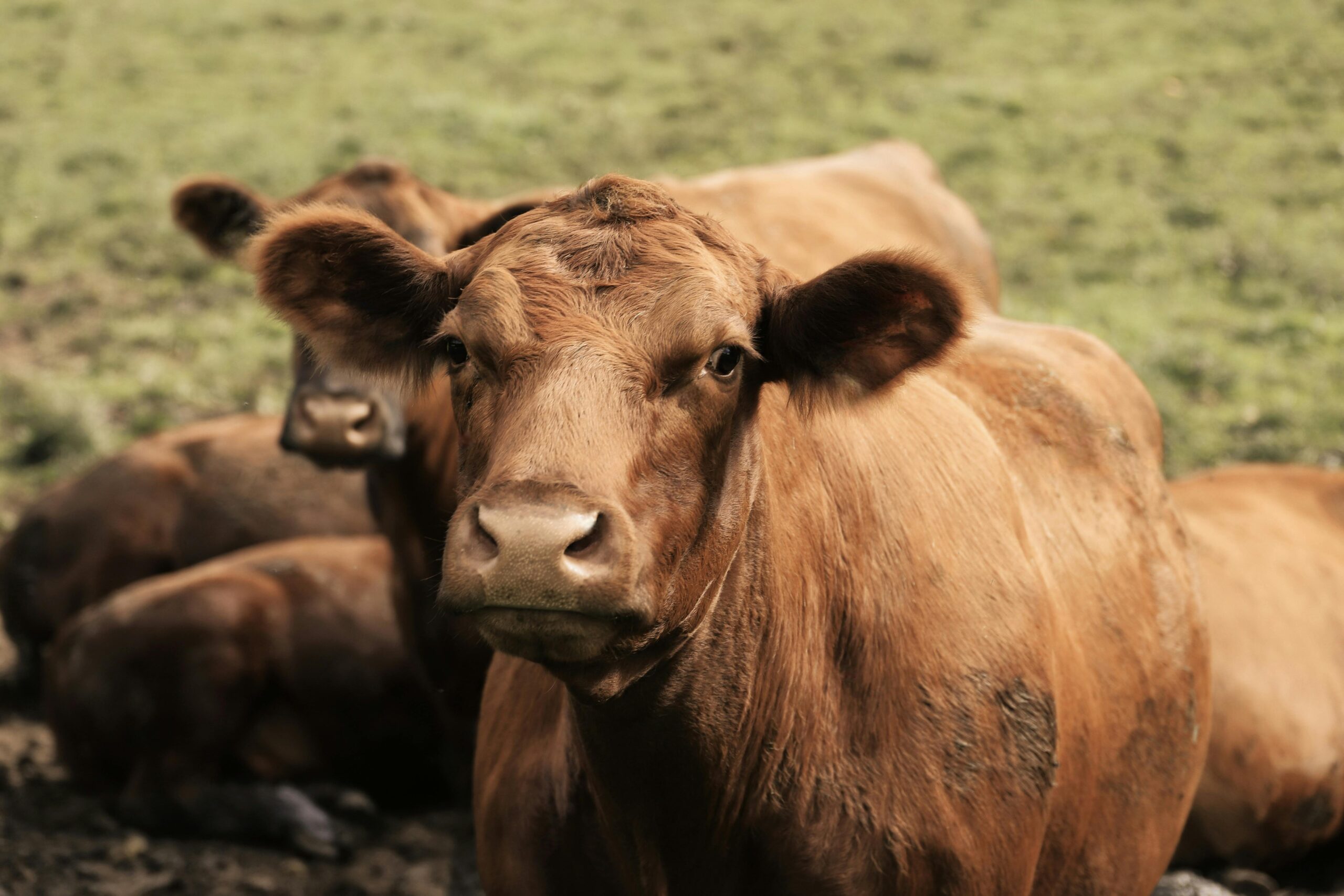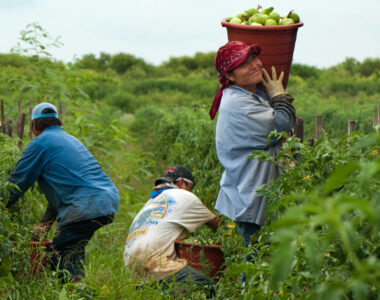
What’s Happening
The U.S. Department of Agriculture has announced new efforts to address shrinking cattle numbers by launching a program for USDA beef herd rebuilding. Agriculture Secretary Brooke Rollins said the department will develop tools to help producers recover herd sizes without relying on direct producer payments. The initiative comes at a time when cattle numbers are at their lowest in years due to drought, high feed costs, and challenging market conditions.
Why It Matters
Beef producers across the country have faced rising costs and limited pasture resources, forcing many to reduce herd sizes. The USDA beef herd rebuilding plan signals recognition of these challenges at the federal level. While USDA did not commit to direct aid checks, officials emphasized a “toolbox” approach, which could include targeted loans, conservation support, and grazing programs to give ranchers more flexibility.
Potential Benefits for Farmers
If implemented, the plan could:
- Provide financing options for ranchers to expand or rebuild herds.
- Support land and water conservation efforts that improve grazing conditions.
- Stabilize cattle supplies, which could strengthen long-term market outlooks.
- Offer risk management tools that reduce pressure on producers facing weather and cost challenges.
By focusing on sustainable expansion, USDA aims to balance short-term producer needs with long-term resilience in the beef sector.
Looking Ahead
The timeline and details for USDA beef herd rebuilding remain under development. However, producers can expect a mix of financial programs, technical assistance, and resource management tools rather than direct payment subsidies. Rollins emphasized that USDA’s approach is designed to build a healthier cattle industry over the long run.
Conclusion
The new focus on USDA beef herd rebuilding offers cautious optimism for cattle producers. While it stops short of direct cash relief, it could provide meaningful support through loans, conservation programs, and risk tools. For many ranchers, these resources may be critical in rebuilding herds and keeping operations sustainable in the years ahead.



